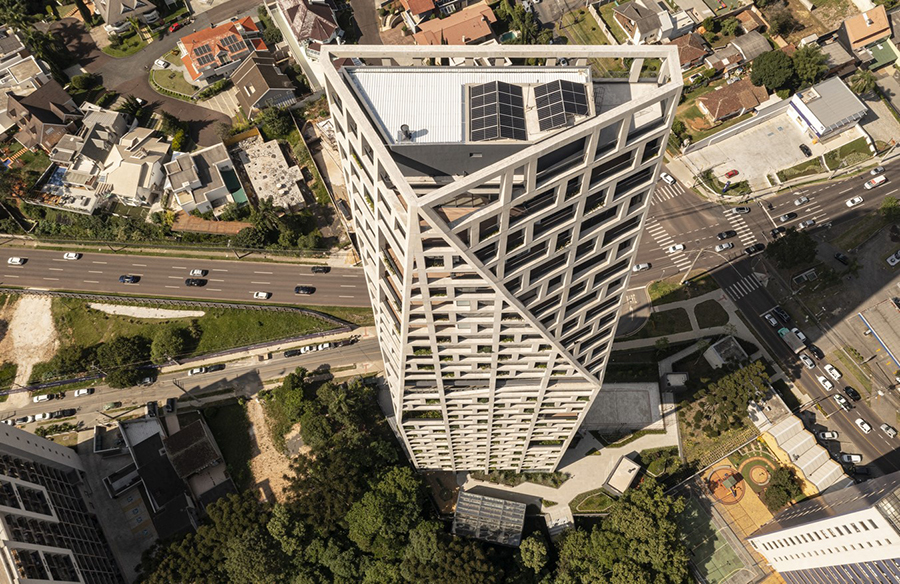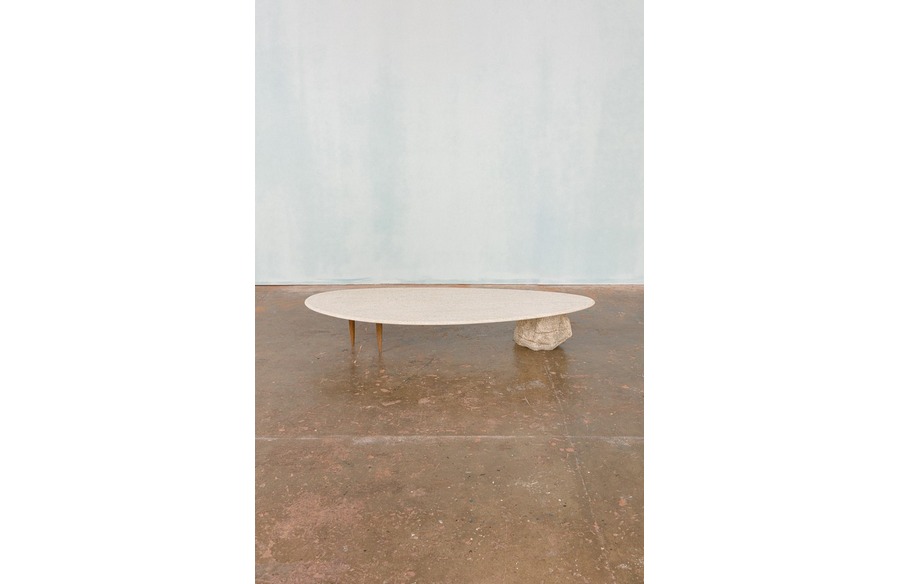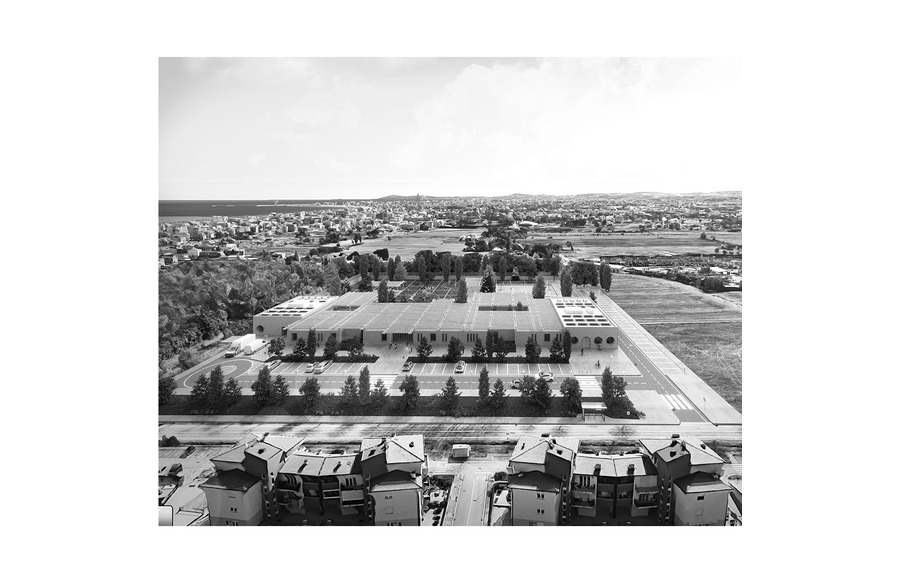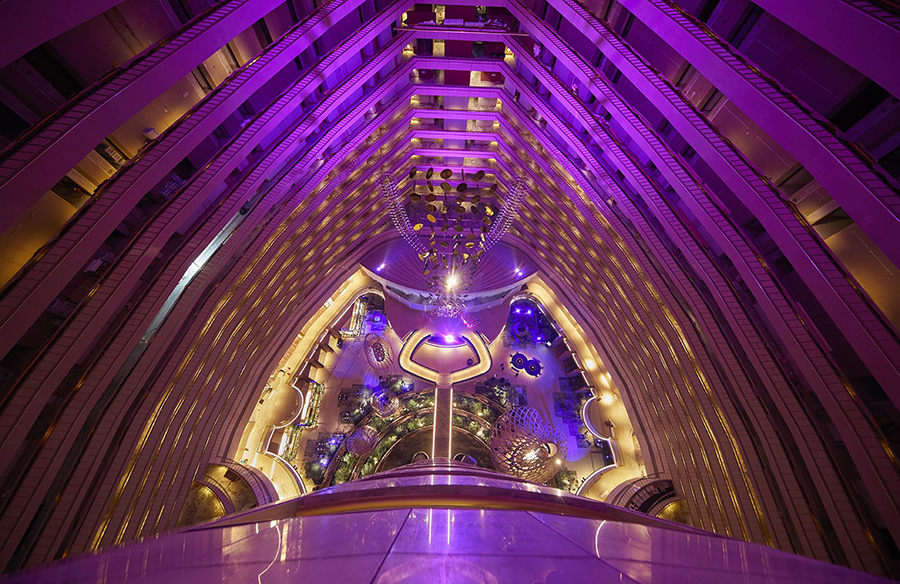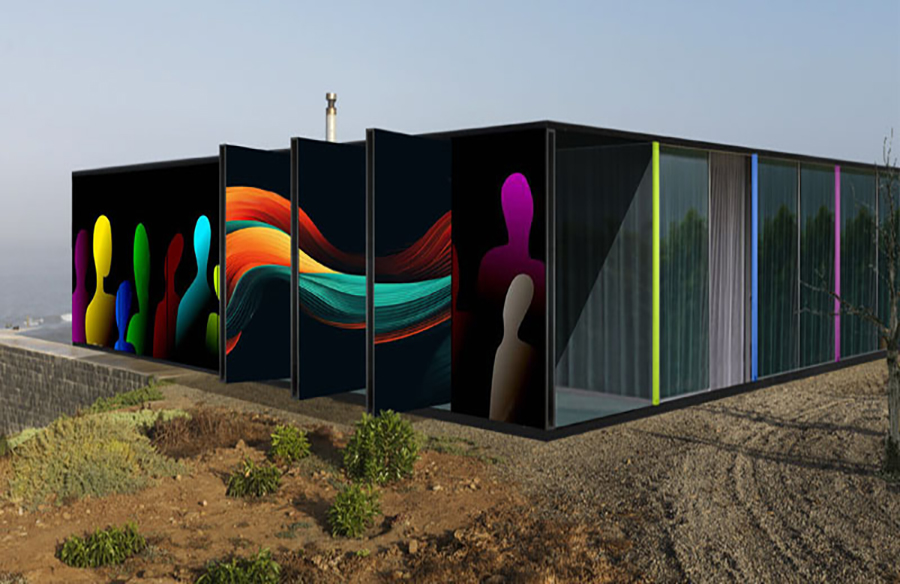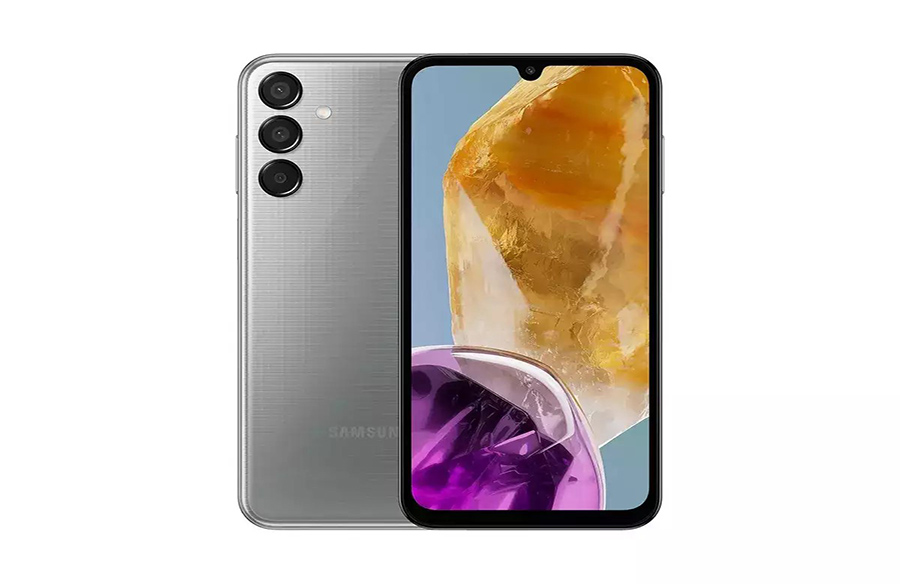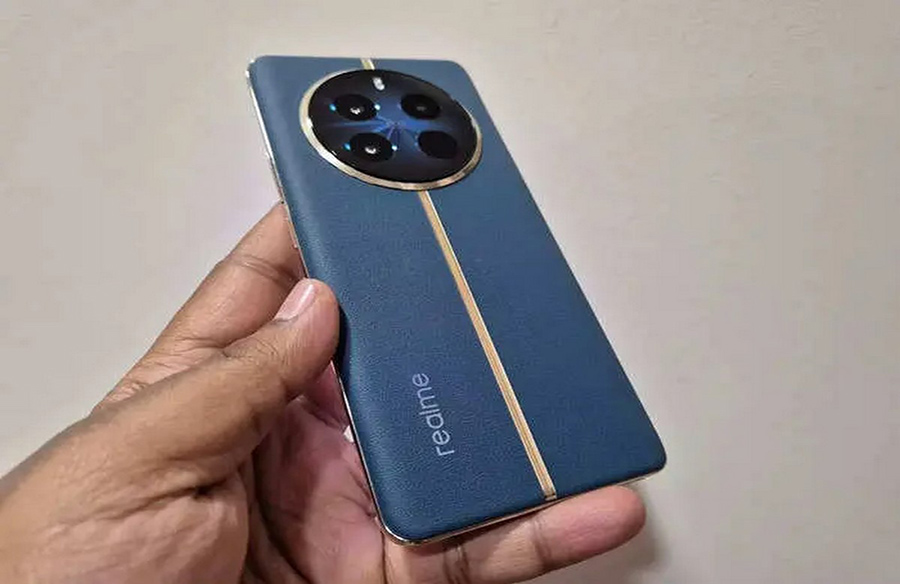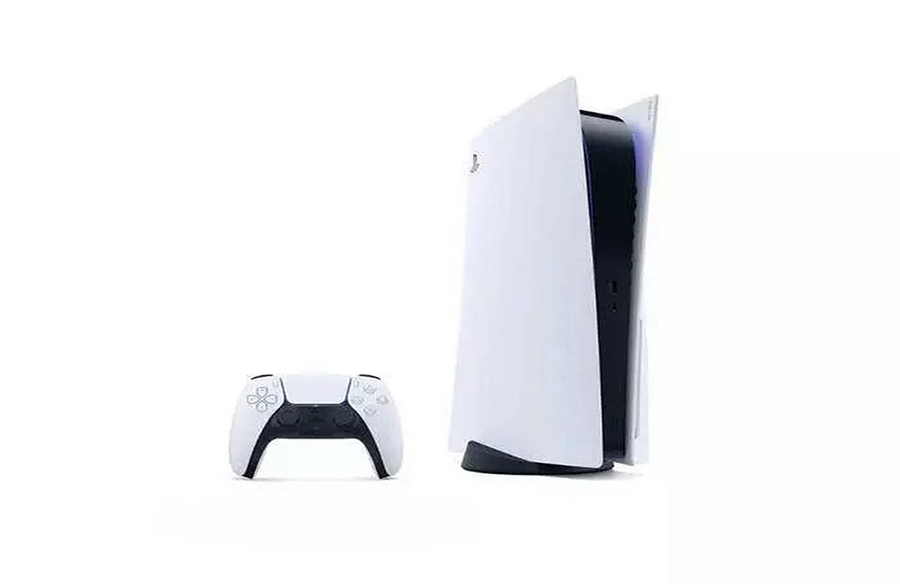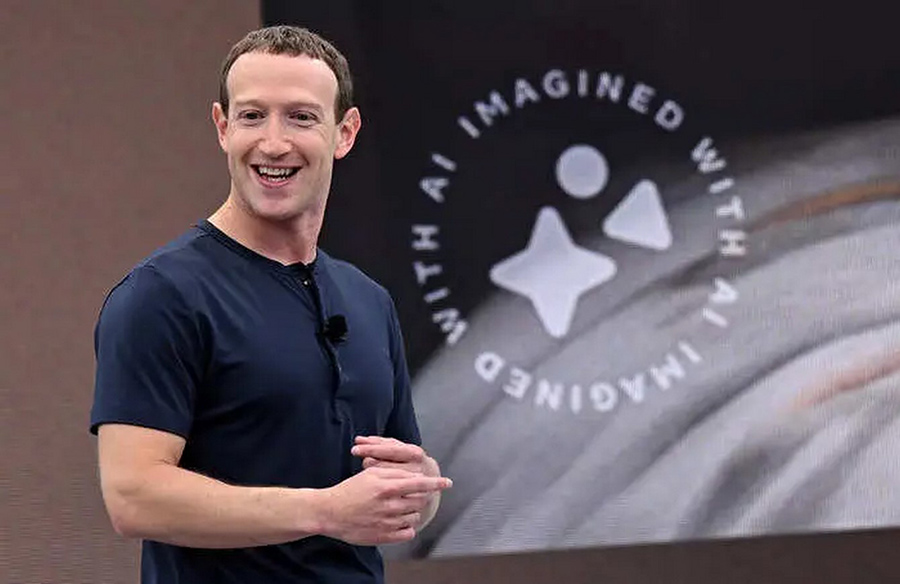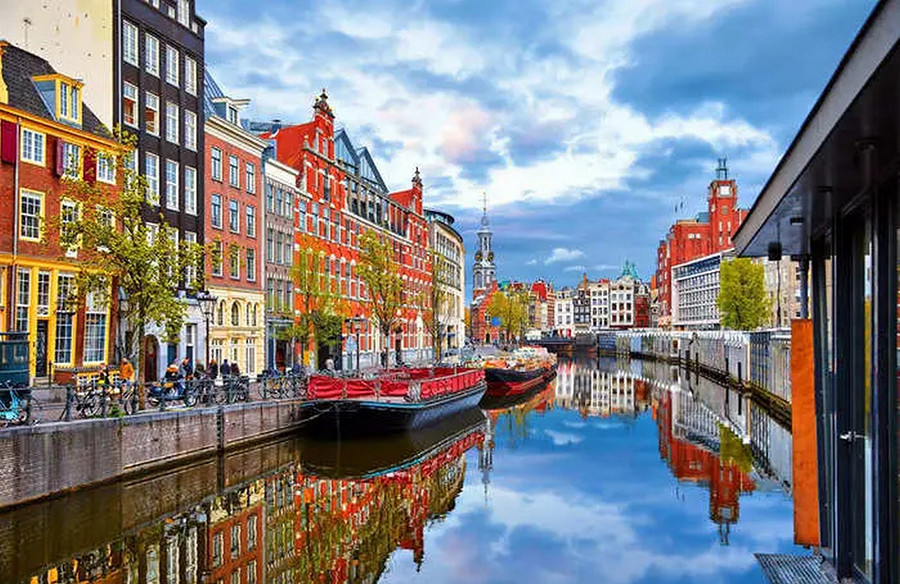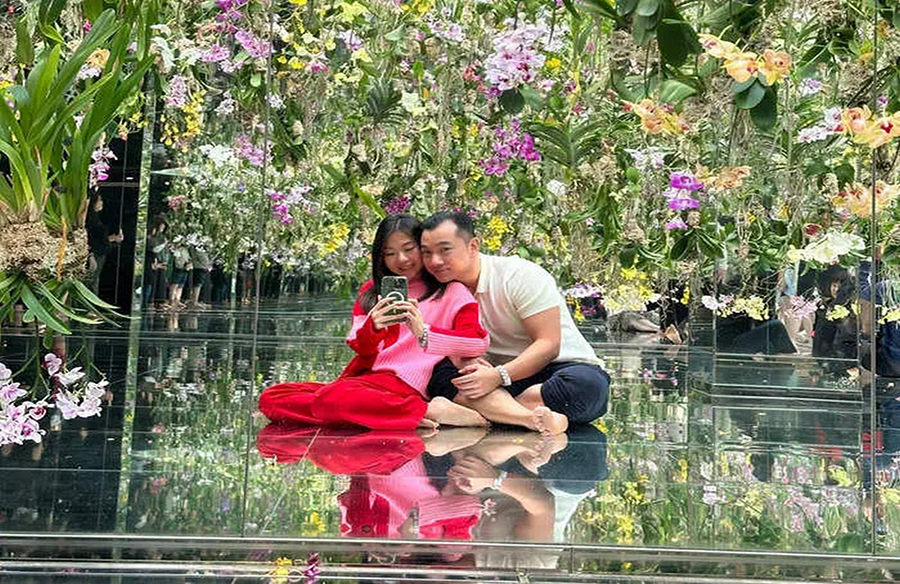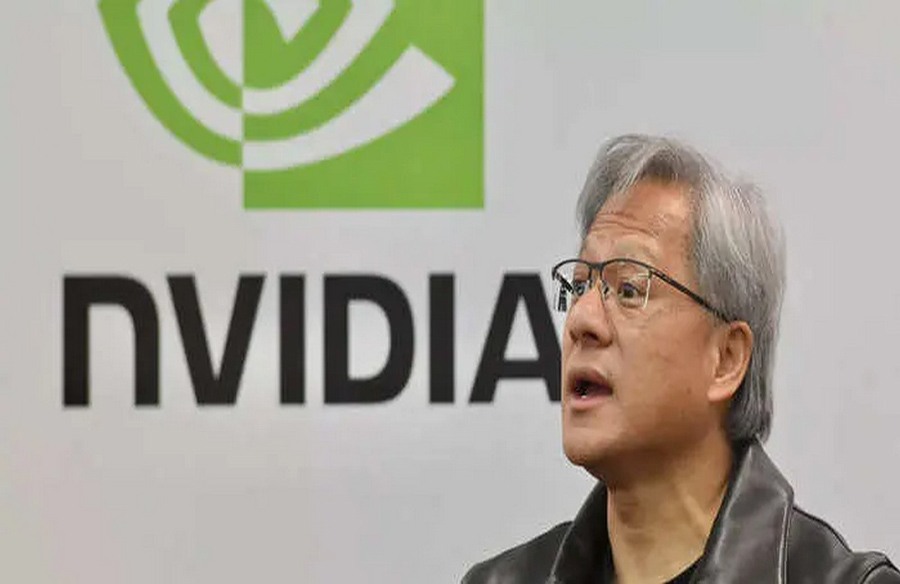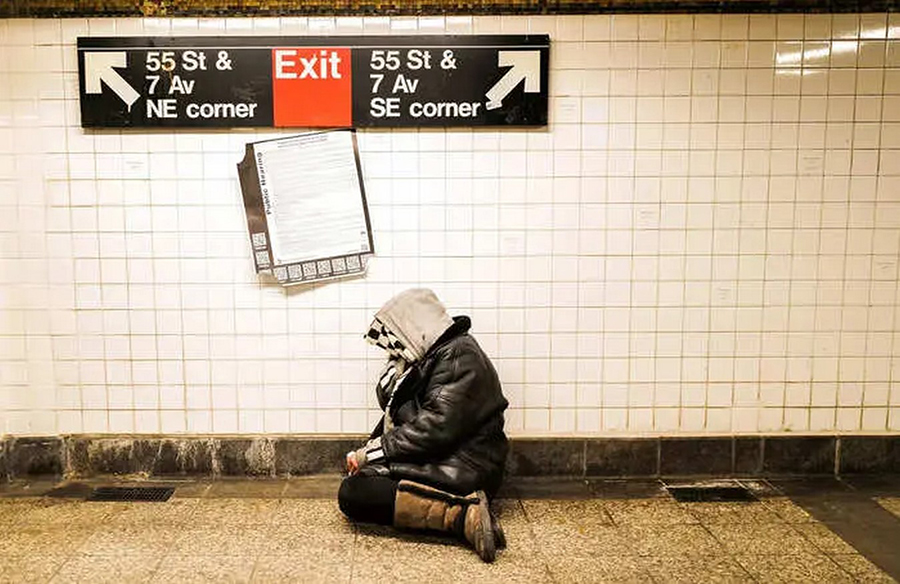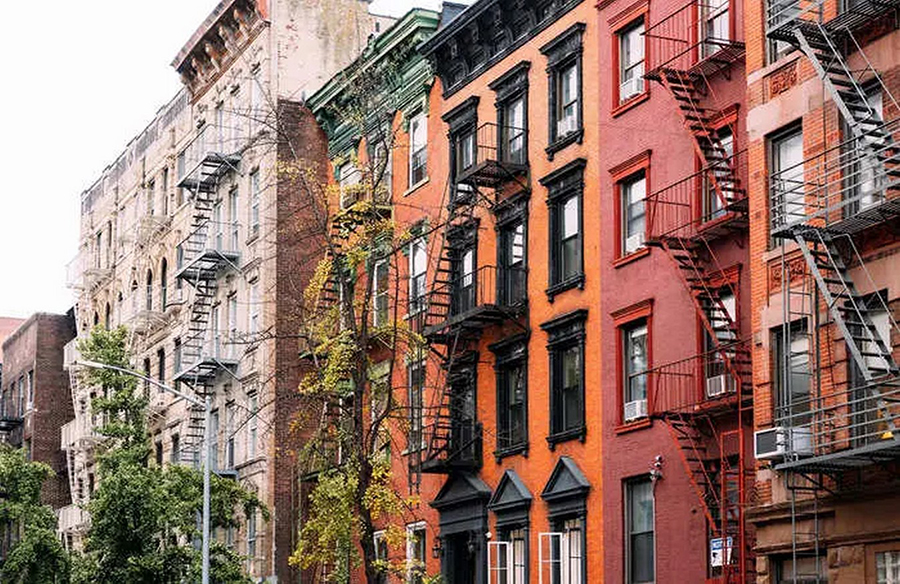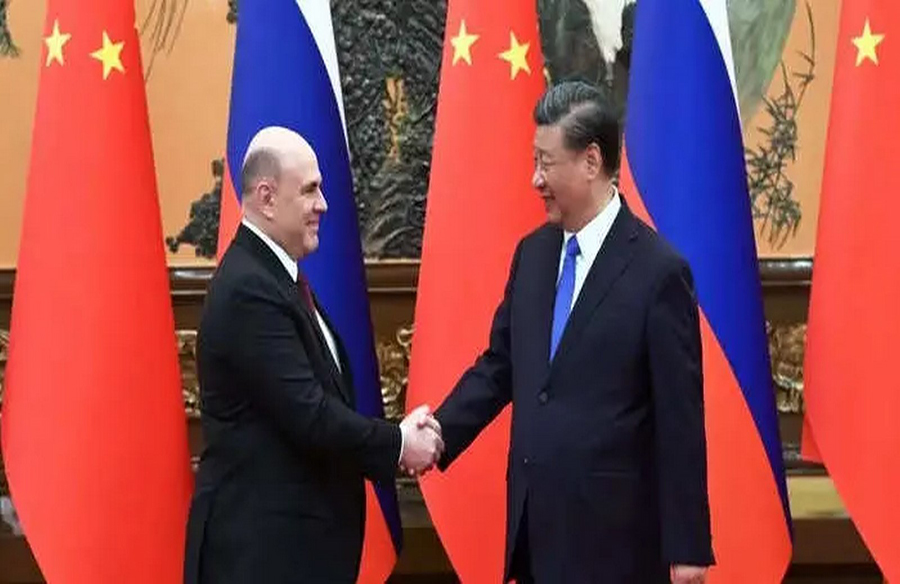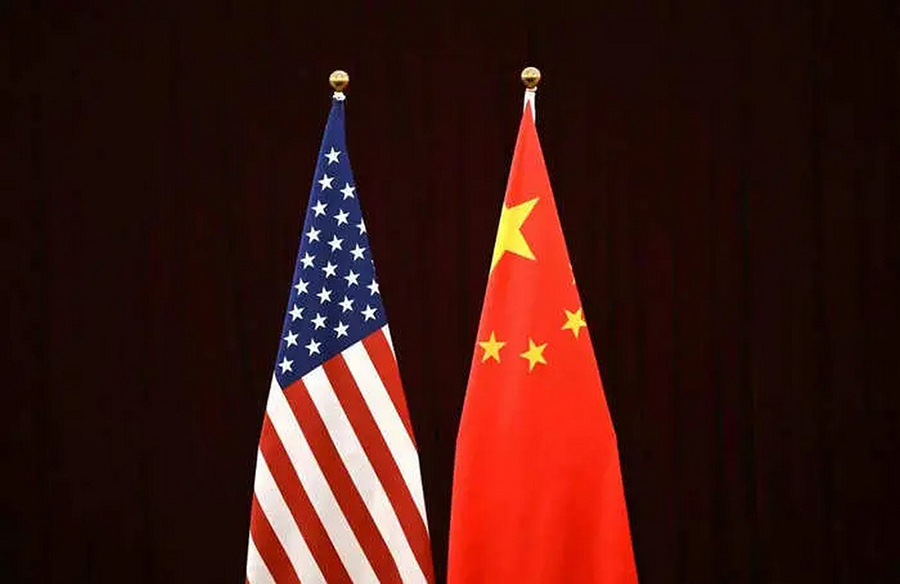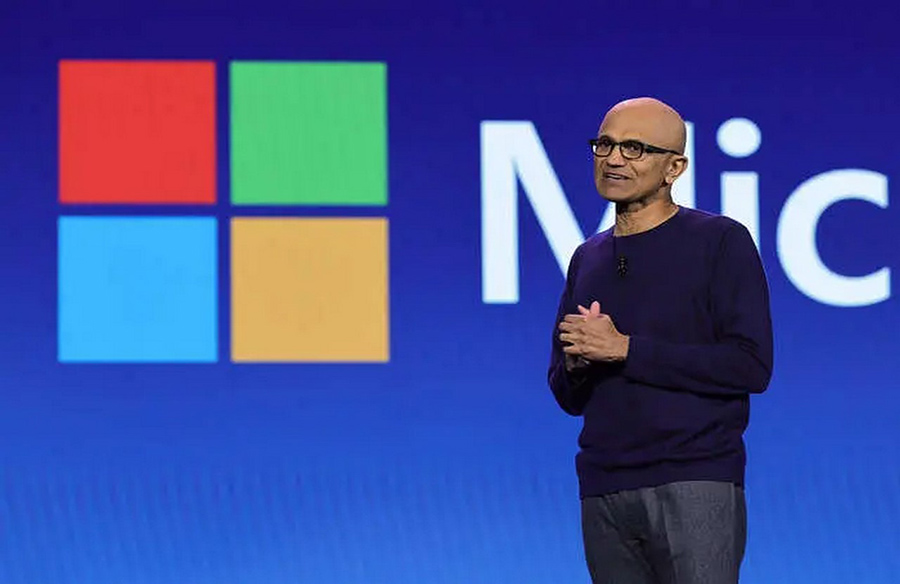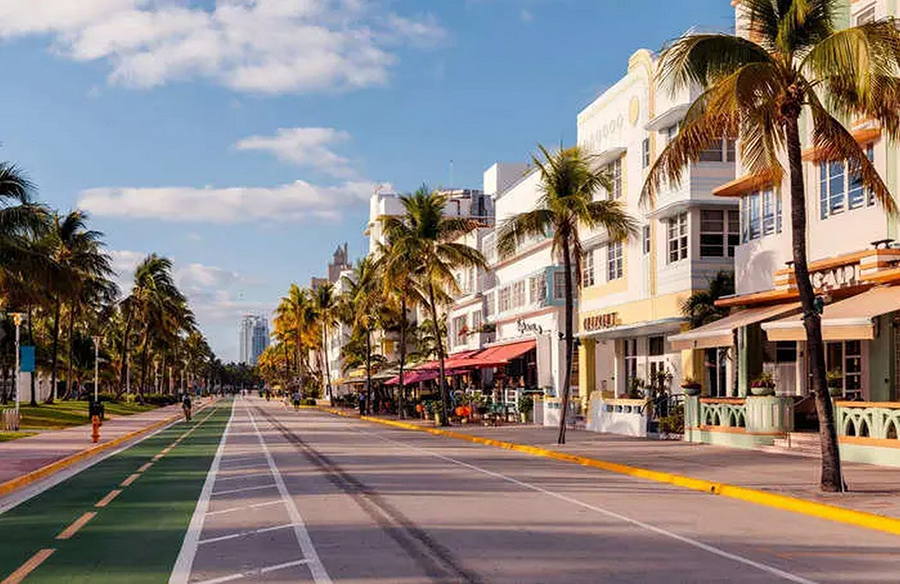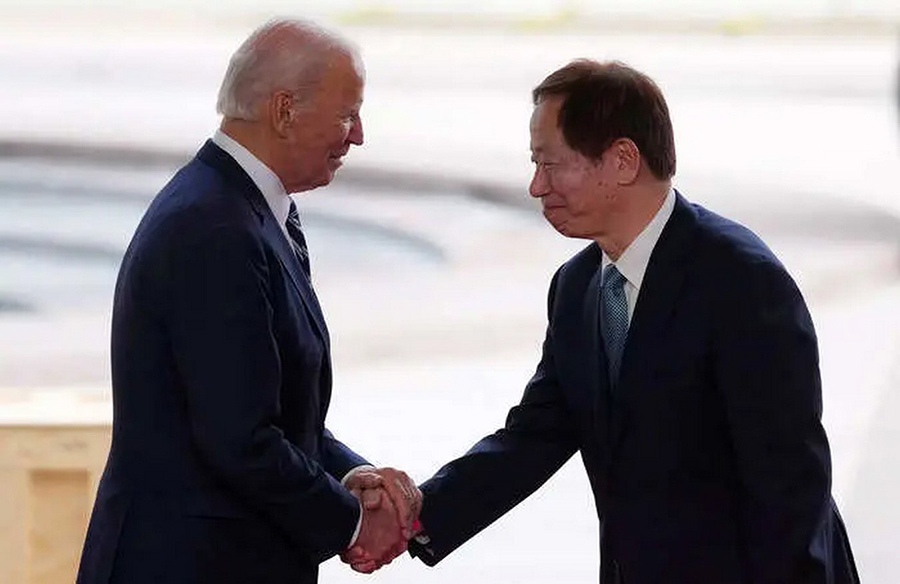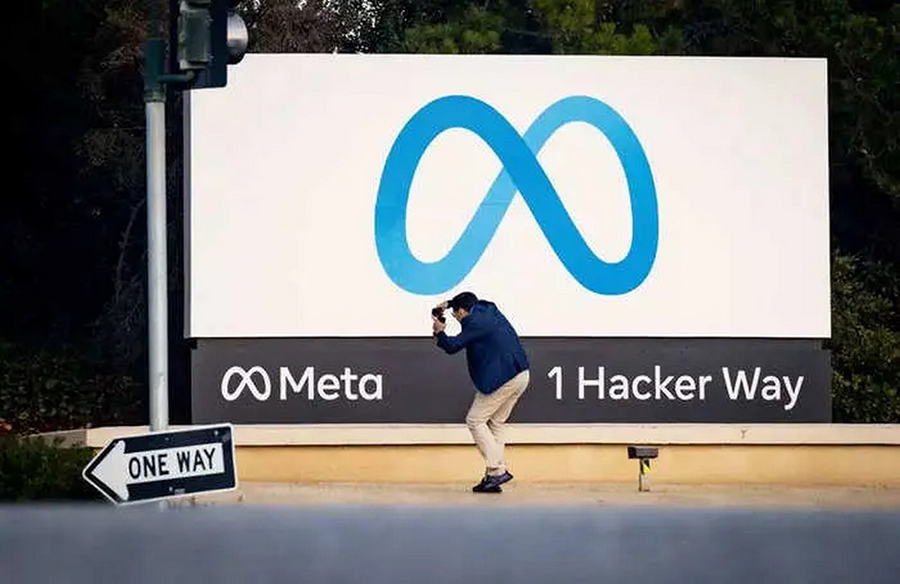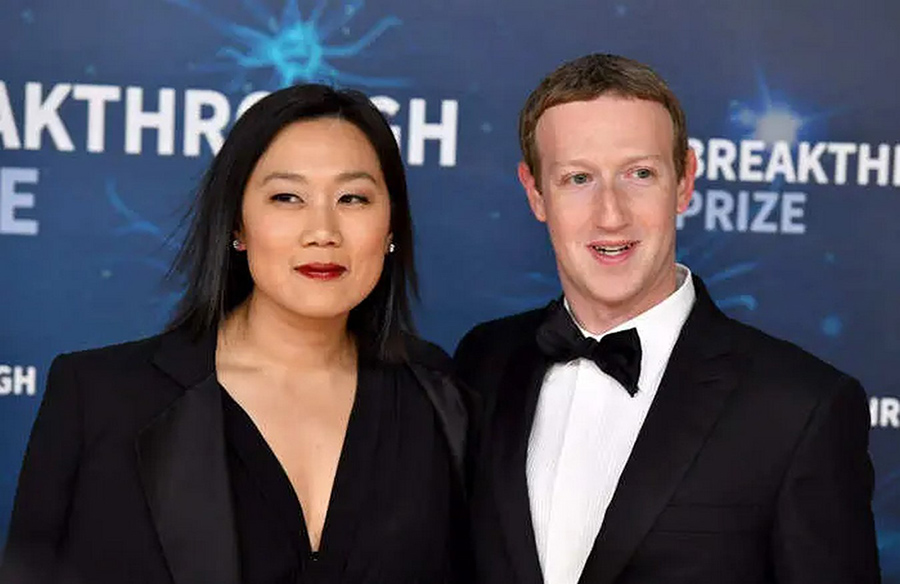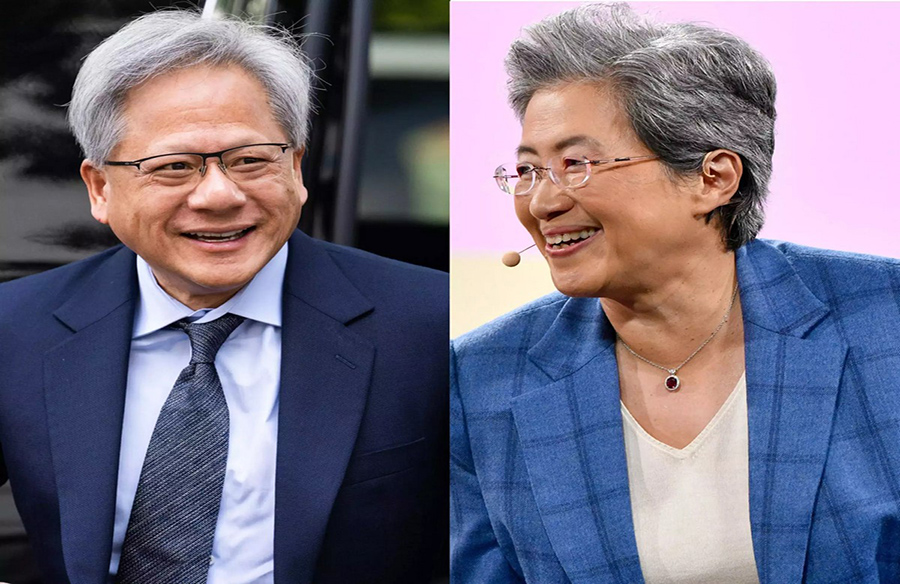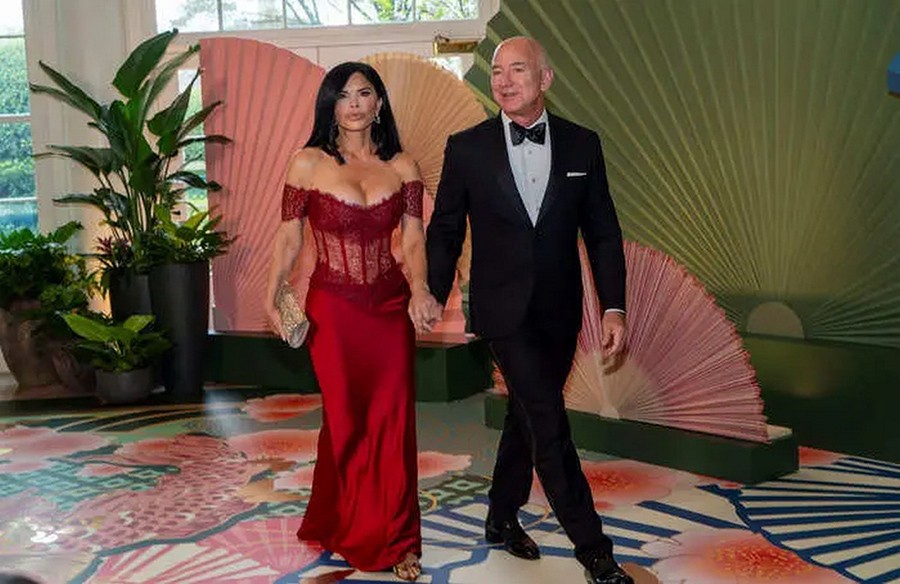Luxury Retail Expansion in India: A Growing Trend
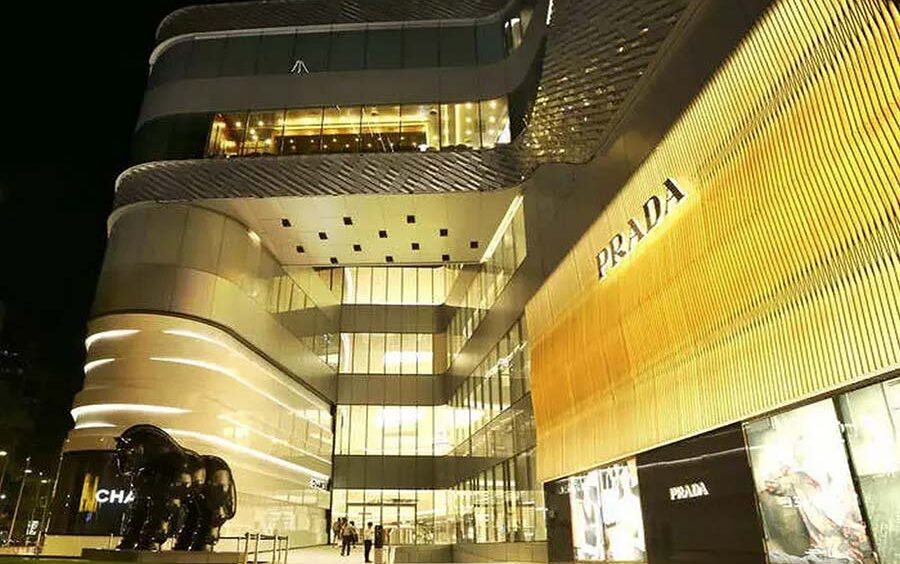
Luxury retail in India has undergone a significant transformation in recent years, driven by the changing preferences of young consumers and the entry of renowned international brands into the Indian market. This shift has reshaped the retail landscape, making luxury goods more accessible to a broader segment of Indian consumers.
Surge in Luxury Retail Leasing
According to a report by CBRE, luxury brands have been actively leasing retail space in India’s top eight states, with leasing activity witnessing a remarkable 170% year-on-year growth in 2023. High streets emerged as the preferred location for luxury brands, accounting for 45% of the total leased space, followed by malls at 40%, and individual stores at 15%.
Entry of International Brands
The entry and expansion of international luxury fashion, watch, and jewelry brands have contributed to this surge in leasing activity. Brands like Valentino, Balenciaga, and Tiffany & Co. have established a strong presence in the Indian market, attracting affluent consumers from both metro and tier II cities. Additionally, the upcoming entry of brands such as Brioni, Roberto Cavalli, and Dunhill in 2024 further underscores the growing demand for luxury goods in India.
Influence of the Pandemic
The COVID-19 pandemic accelerated the trend of luxury retail expansion in India, as travel restrictions prompted affluent Indians to seek luxury shopping experiences domestically. International retailers responded by ensuring that Indian consumers had access to the latest trends and by aligning prices with global standards. This strategy facilitated a seamless entry into the Indian market and enhanced the accessibility of luxury brands to Indian consumers.
Changing Consumer Demographics
The growth of luxury retail in India is also fueled by changing consumer demographics, with millennials and Gen Z emerging as significant contributors to luxury sales. Moreover, the rise of Gen Alpha, born between 2010 and 2024, presents new opportunities for luxury brands to tap into a younger market segment. These generations exhibit a more precocious attitude towards luxury, driven by social status, refined taste, and individuality.
Leveraging Social Media
Social media platforms have played a pivotal role in driving awareness and demand for luxury brands among younger consumers. For millennials, Gen Z, and Gen Alpha, luxury is not just about price; it’s a means of self-expression and a symbol of social status. Luxury brands are leveraging social media channels to engage with their target audience and create aspirational narratives that resonate with the values and lifestyle choices of younger consumers.
In conclusion, the expansion of luxury retail in India reflects evolving consumer preferences and the growing influence of younger demographics. With international brands increasingly investing in the Indian market and leveraging digital platforms to connect with consumers, the luxury retail sector in India is poised for continued growth in the years to come.


 English
English 

